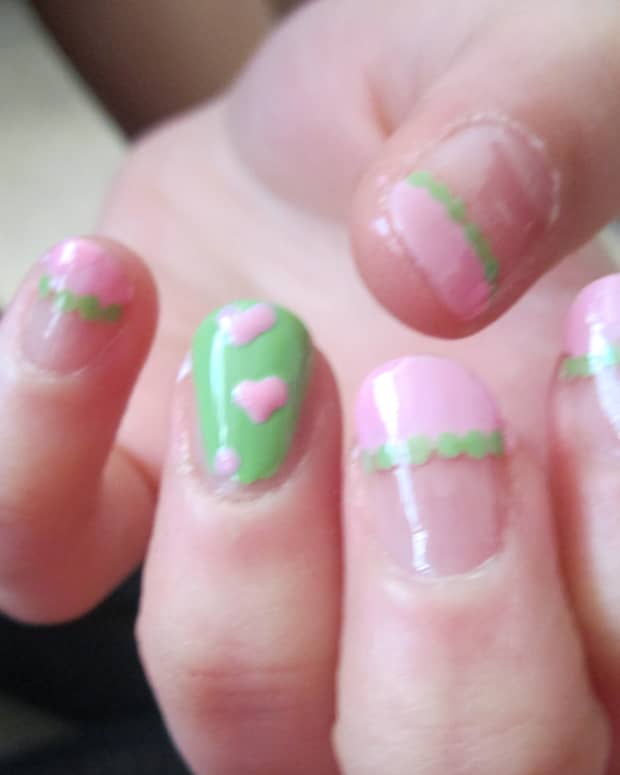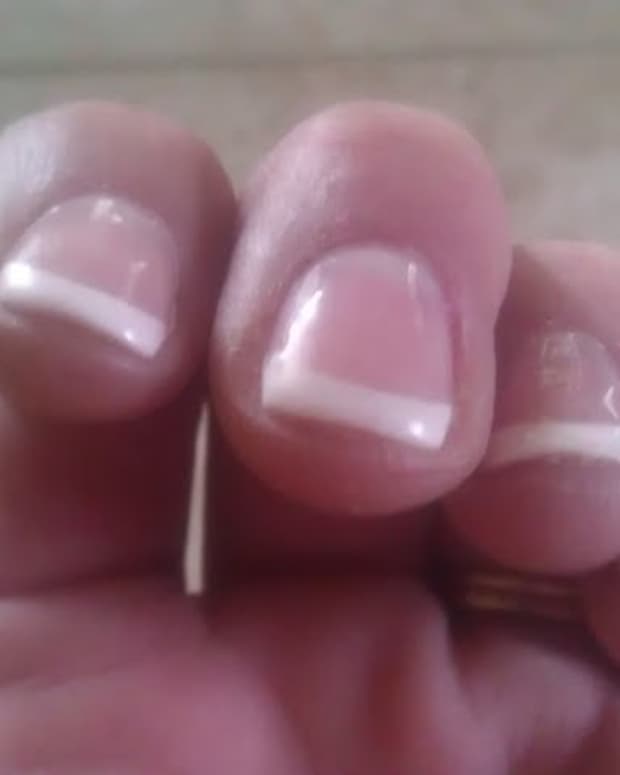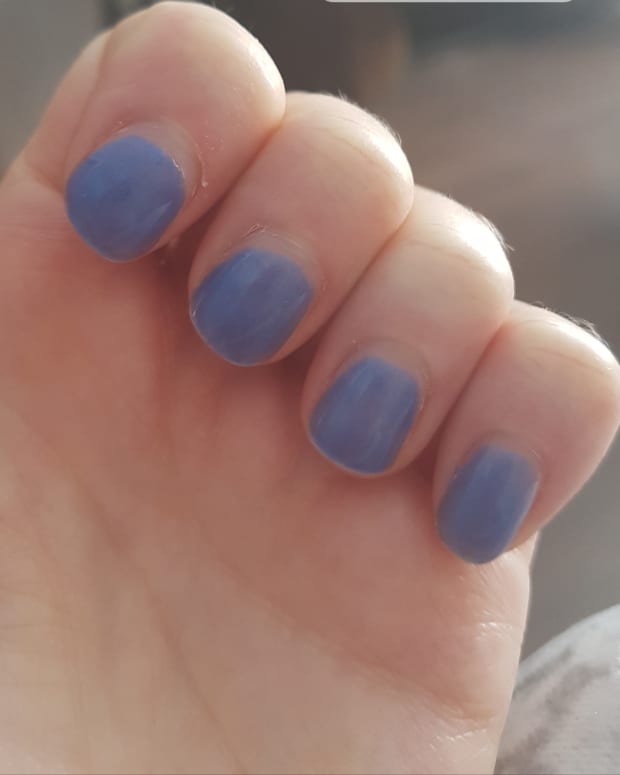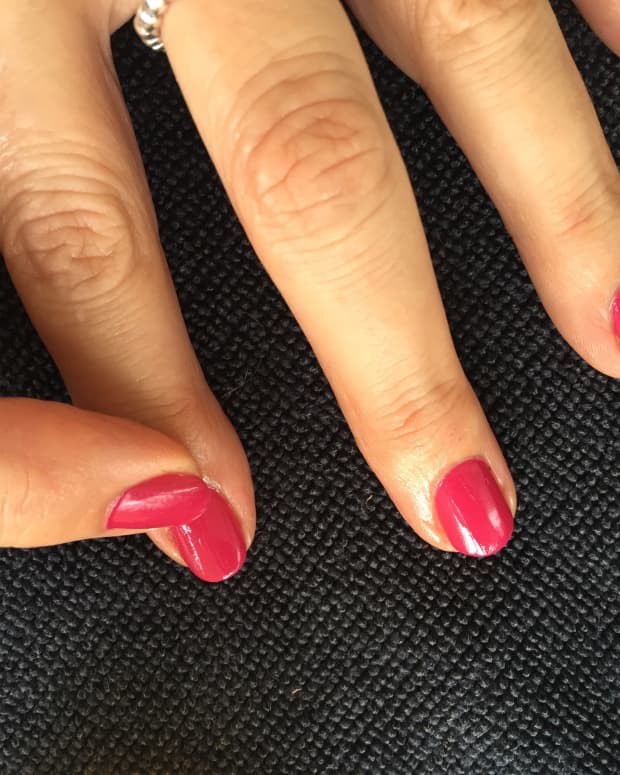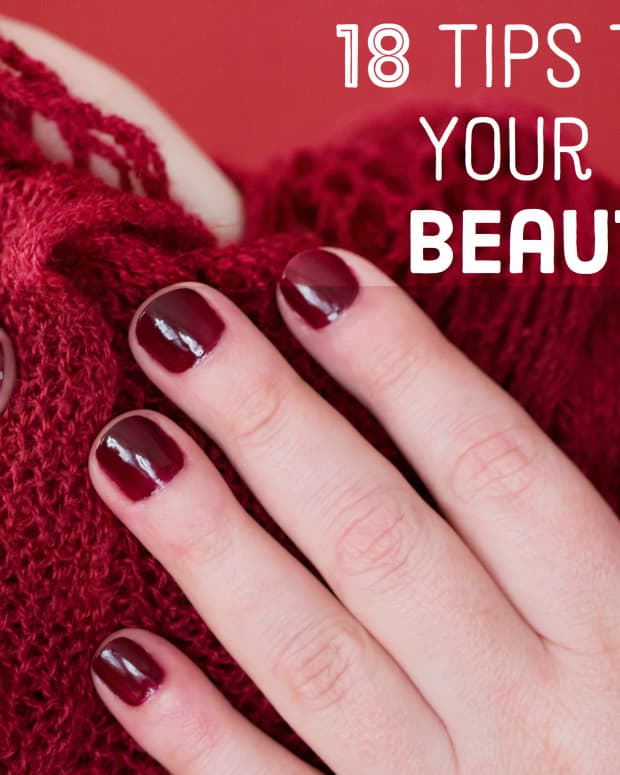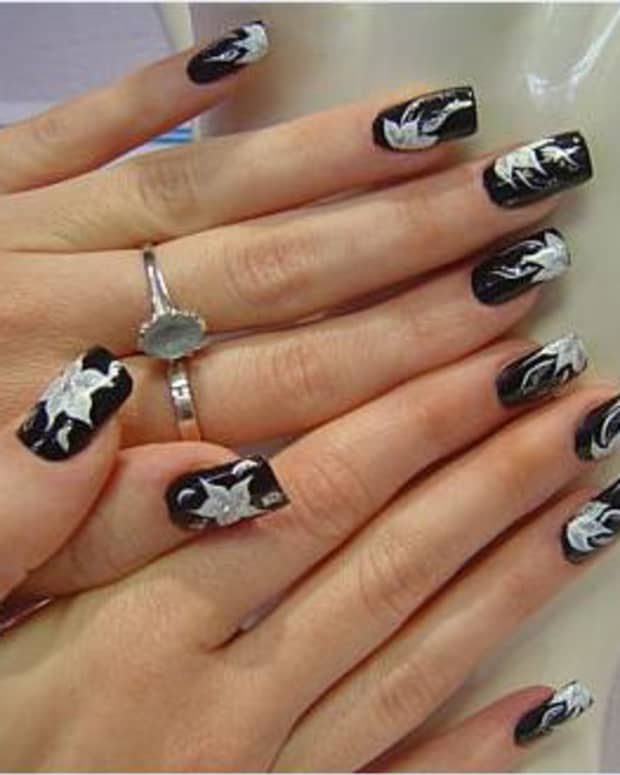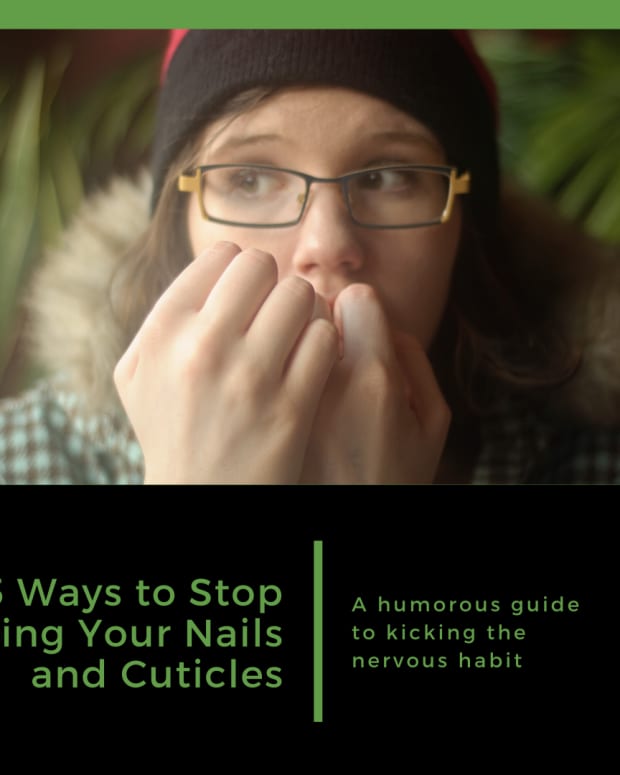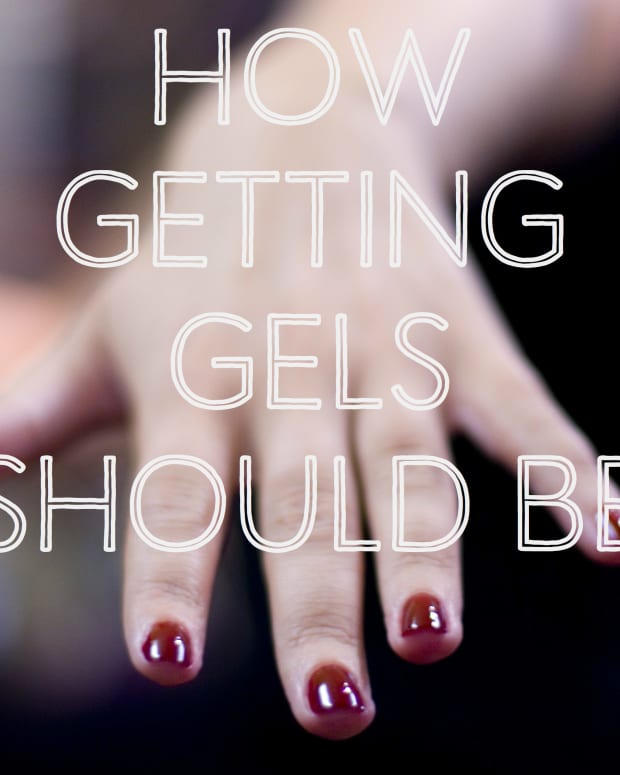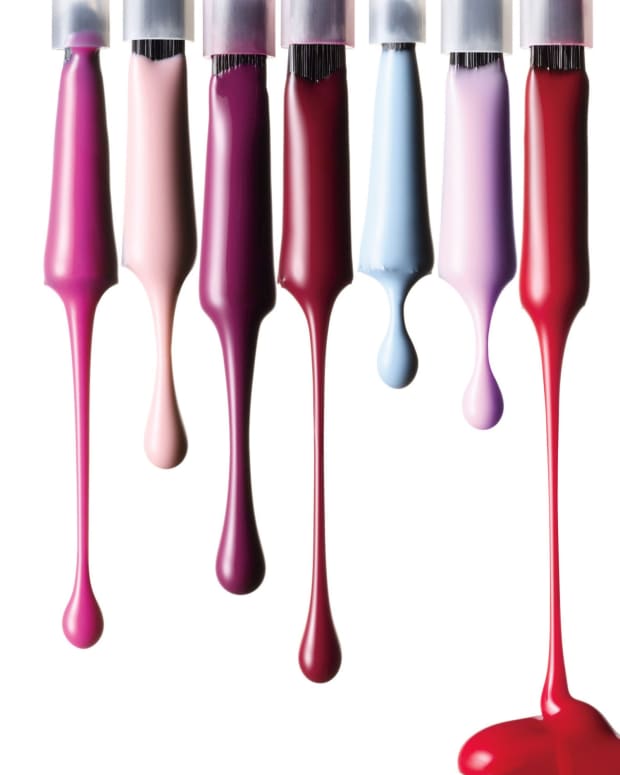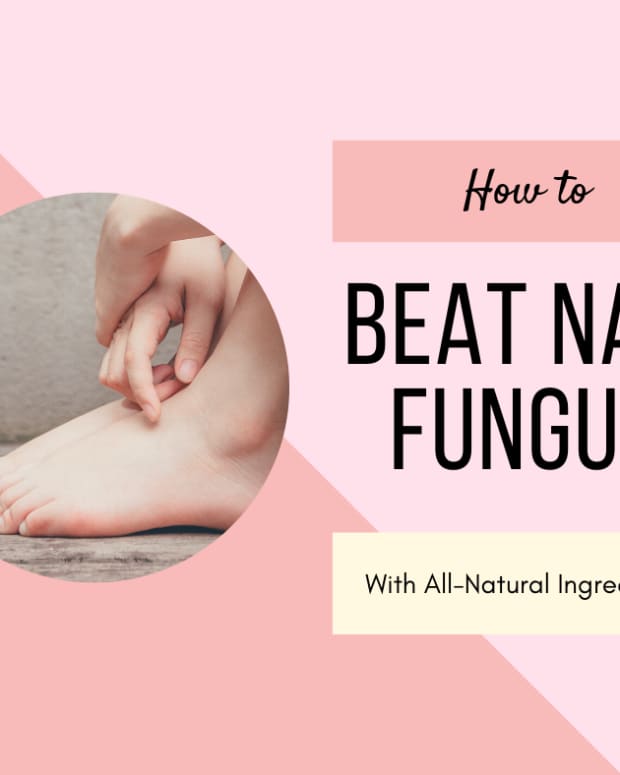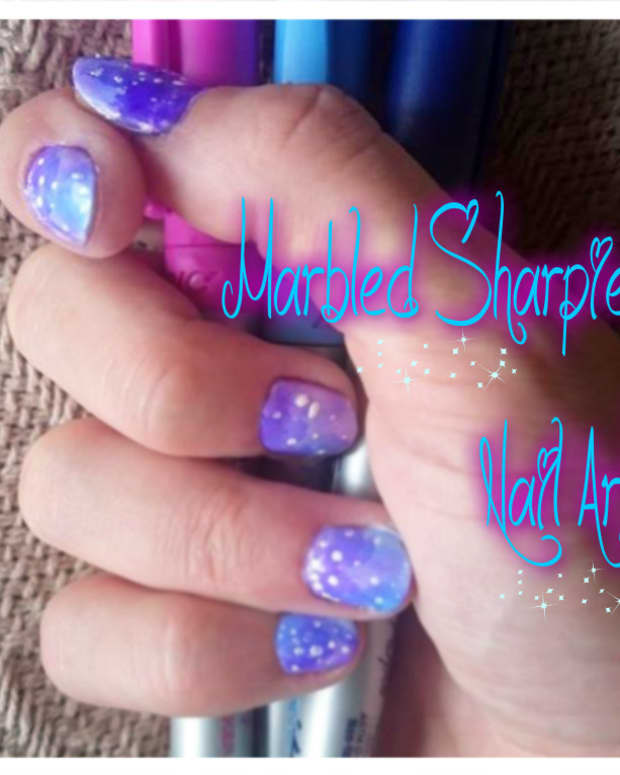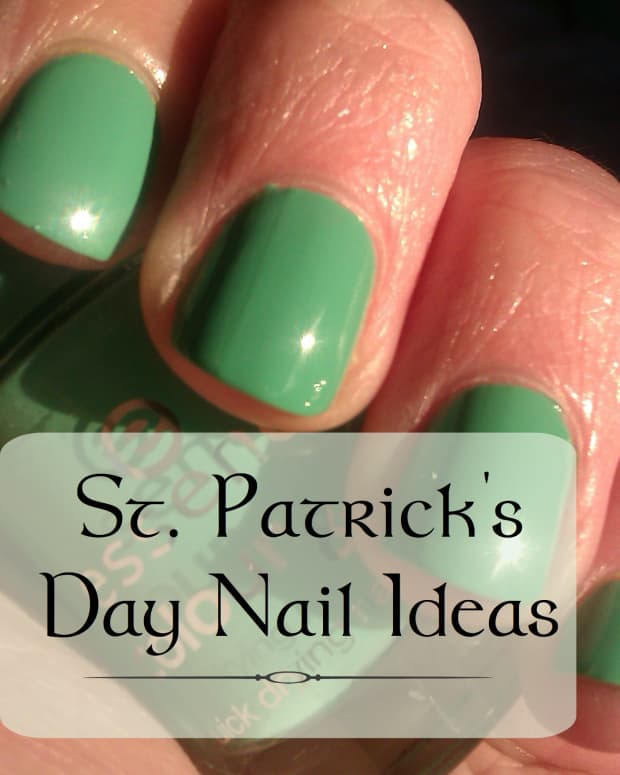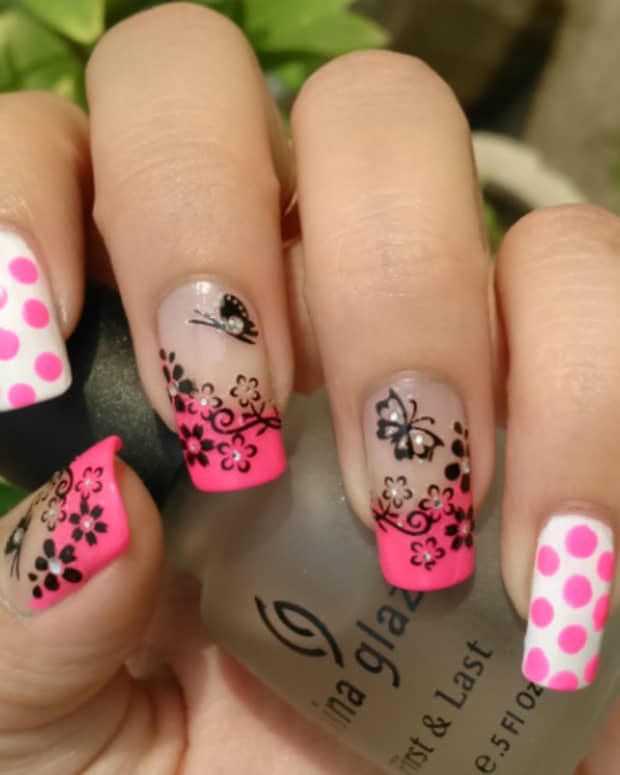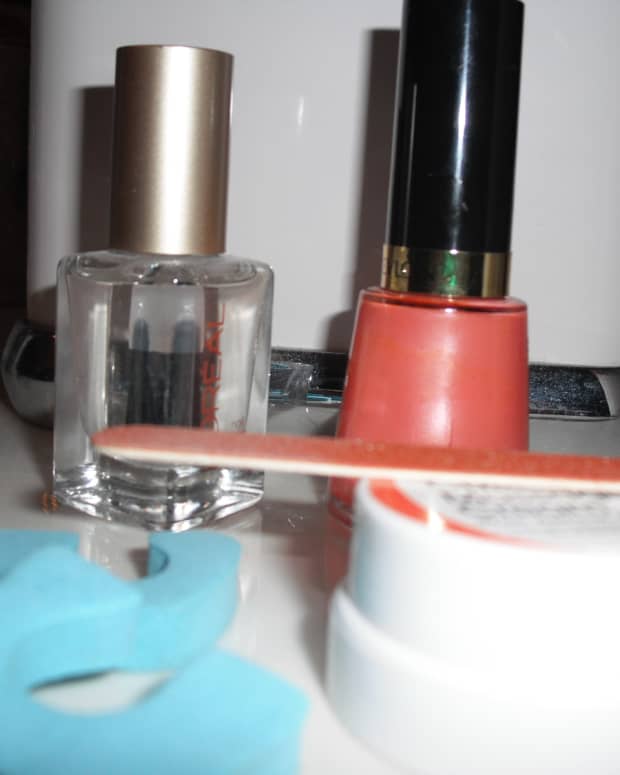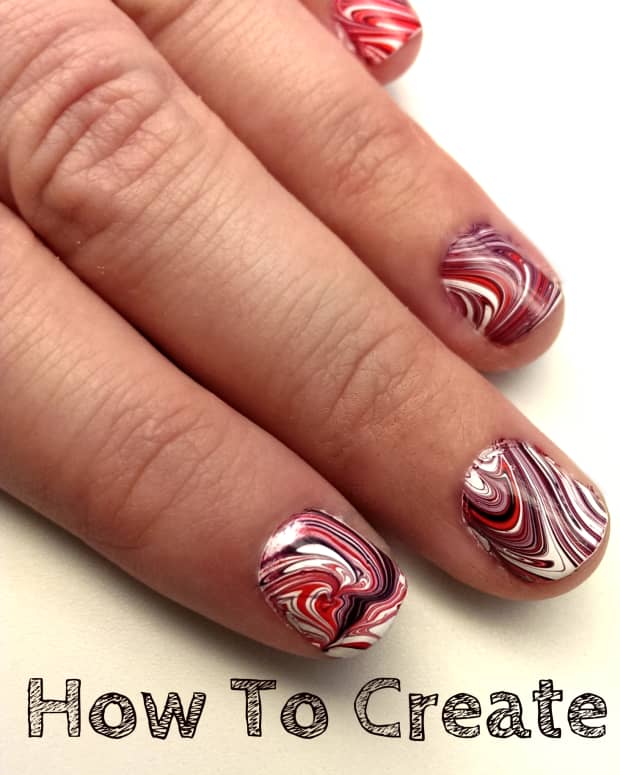After Removing Your Acrylic Nails: A Survival Guide
Jan lives in Arizona, has a fur-baby, and retired from banking after 30 years. She currently is a songwriter and cyber-journalist.
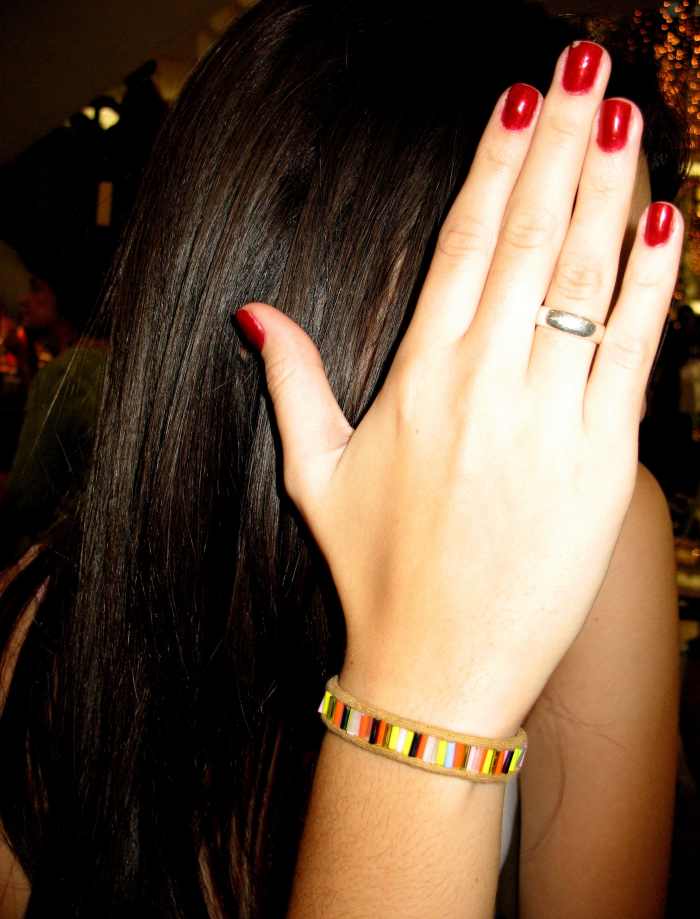
Want to remove your acrylic nails? You can do it! Your natural nails can be sexy too!
morgueFile.com
Thinking of removing your artificial acrylic nails? Are you worried about how they might look and wondering what to expect? Returning to natural nails will require an adjustment period. Your nails will need quite a bit of attention at first, but you will survive! I know because I had acrylic nails for over fifteen years, but when I retired, it just didn't make sense anymore and I removed mine. Here's what I learned during my transition back to natural nails.
Why Quit Acrylic Nails?
If you are in a similar situation and need some encouragement to follow though and survive the first month, consider these facts about acrylic nails:
- The average acrylic nail treatment costs between $25 and $30 (not counting the initial full set) and takes an hour of your time.
- Most acrylic nails need a fill every two weeks.
- Based on these assumptions, you'll spend 26 hours and $650 annually to keep up your acrylic nails (add another $130 if you tip $5 each visit).
- If acrylic nails separate from your real nails, fungus can develop between them.
- Toxic hazards are thought to be prevalent in some nail salons, the top three concerns being toluene, formaldehyde and dibutyl phthalate. All three of these have been linked to both reproductive harm and cancer.
Returning to Natural Nails
Here are a few facts about fingernails:
- Nails grow approximately .1mm per day or 1/10th of an inch per month.
- It can take three to six months to completely replace a nail.
- Nails grow faster in the summer than in the winter.
- Men's nails grow faster than women's, and nails on your dominant hand grow faster than nails on your non-dominant hand.
- Health conditions can affect the appearance and growth of nails.
Knowing these facts, it makes sense to remove acrylic nails at the start of summer so that when fall rolls around, your nails will have grown out and will look natural and healthy.
What to Expect After Your Acrylic Nails Are Removed
Most salons will remove acrylic nails for you for a fee. It is, however, possible to remove them yourself at home. The Lovetoknow website recommends salon removal but provides instructions for home removal on their website. They state that the most popular at-home method is to soak acrylic nails in an acetone solution.
If you've had acrylic nails for a while, the portion of your nail that is beneath the acrylic will be fragile once the acrylic is removed. However, the claim that acrylic damages the natural nail is not true. The natural nail will feel more flexible for a few days for two reasons:
- The nail is missing the support of the acrylic.
- A build-up of oils on the surface of the nail may have caused it to soften.
Read More From Bellatory
They advise using a strengthener on your nails for a few days but not forever, as strengthener can cause nails to become brittle.




Returning to Natural Nails: A Survival Guide
Once you remove your acrylics, you'll need to remember to do certain things regularly to ensure your nails remain strong and healthy and look great. These are the seven most important things to keep in mind when transitioning back to natural nails.
1. Take Care of Your Cuticles
The Perfect Ten website explains that the purpose of the cuticle is to prevent bacteria from getting under the skin. From day one after removal, start taking care of your cuticle. If they have become ragged or the cuticle has starting to grow over your nail, gently push back with a wood cuticle stick and remove the excess. Sally Hansen has a reasonably priced product, Instant Cuticle Remover that dissolves cuticles in 15 seconds. Removing the cuticle is also important before polishing the nail, as a polished cuticle will become brittle and make for an unsightly manicure.
2. Trim Ragged Nail Edges
During those first few weeks when nails are breaking easily, clip them rather than filing. I found that filing shredded the edge of my nails rather than smoothing them. Until they felt sturdier, I clipped nails close to the tip of my finger, and the clipper made clean edges.
3. Use Nail Strengthener
For a few weeks, apply a product to help strengthen the nail. Sally Hansen has a nail solution, Grow Nails Now, which is brushed on clean nails and cuticle, then massaged in. The solution gives nails a sheen and can be worn alone. I also like Nail Rehab by Sally Hansen. Note: Don't use strengthener forever, because it can cause nails to become brittle.
4. Polish Your Nails
I found that keeping my nails polished, even when they were very short, made me okay with saying bye-bye to my old acrylic nails. Also, while nails are returning to normal, polish will protect them. Use a base coat with a polish that contains fibers, such as Nail Laminates, No More Wraps that contains Kevlar "miracle fibers". Rimmel London even makes a product advertised to contain diamond particles to reinforce weak nails! If you have ridges as I did from where the acrylic was attached, a ridge filler will smooth out the nail before polishing with color. Paint two coats of polish allowing to dry in between coats and finish with one or two coats of an acrylic top coat, such as Sally Hansen No Chip polish.
5. Keep Your Cuticles and Nail Plates Moisturized
Keep cuticles from drying out with a cuticle oil, such as Essie's Apricot Cuticle Oil, which re-hydrates and revitalizes cuticles using cotton seed and soybean oils. Use an acetone-free polish remover and look for remover that contains additional conditioners such as aloe. Don't apply polish to cuticle.
6. Nourish Your Body
To keep nails healthy, the Academy of Nail Technology advises everyone to drink at least 8 glasses of water daily, and eat foods high in calcium, iron, vitamin B and potassium, such as seafood, milk products, celery and soy. Other foods to eat for healthy nails are sesame seeds, sunflower seeds, nuts, and dark, leafy veggies.
7. Don't Abuse Your Nails
Wear gloves gardening or cleaning. Don't tighten a loose screw with your nail. Don't open a pop can with your nail. Don't poke a hole with your nail in the frozen dinner film. Don't pick at hardened paint drips on the tile with your nail. That's what tools and men are for.
Returning to Natural Nails
Once you adjust to not having acrylic nails and your natural nails become healthy, you'll be surprised how happy you are. There will be no more panic that you popped a nail off and no more racing to appointments. You might even realize that your natural nails look sexy, too. And after those first few weeks, doing things will become so much easier with natural, shorter nails. It won't take long before you realize that you survived removing your acrylic nails and actually like your natural ones.
This content is accurate and true to the best of the author’s knowledge and is not meant to substitute for formal and individualized advice from a qualified professional.





